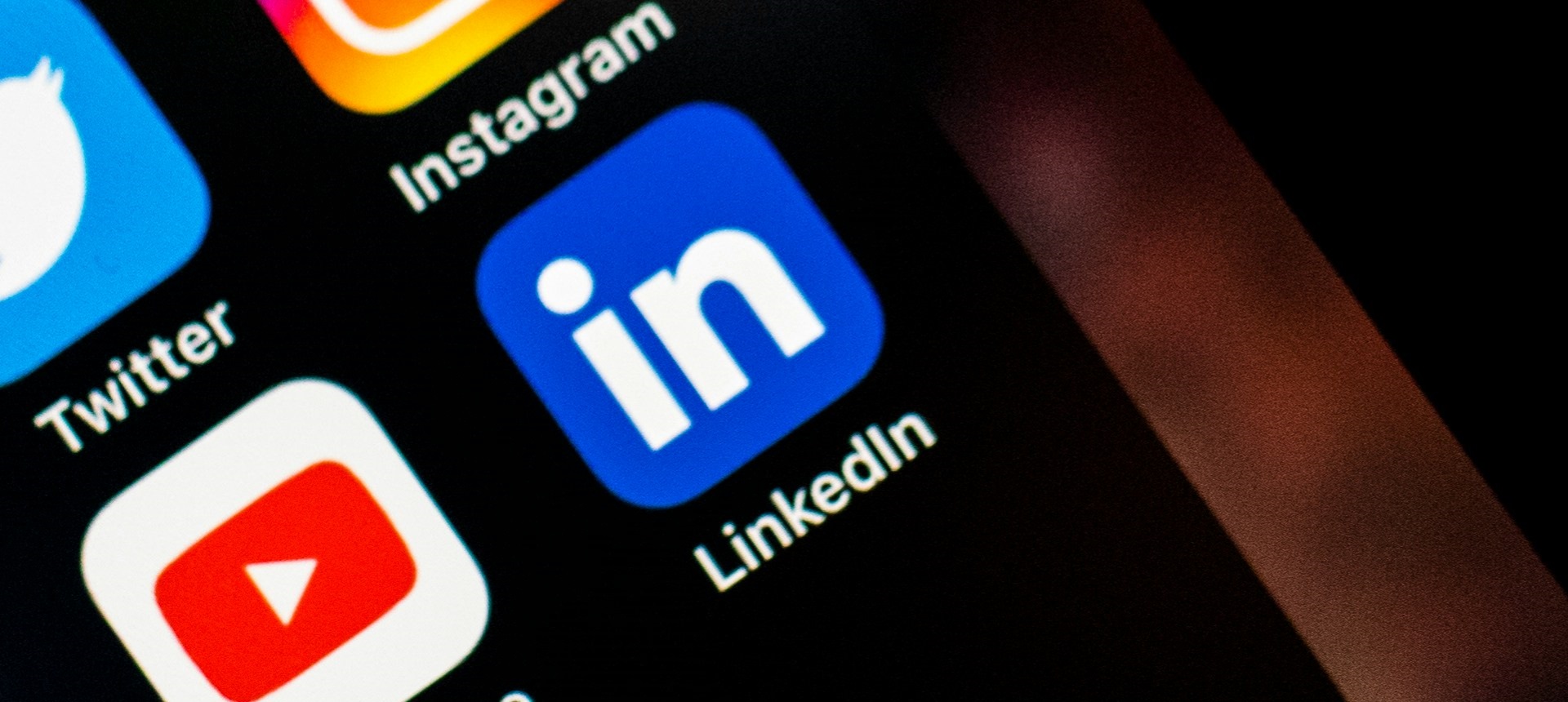Spare a thought for the humble content marketer. He or she can spend hours researching, creating and promoting content, only to be questioned on its impact.
Even the teams at the Content Marketing Institute agree that content is one of the most difficult marketing methods to measure. Moz founder Rand Fishkin says that, too often, content marketers fail to define their goals.
Let’s assume we have a clear goal – to capture leads. Rather than clouding our judgment with vanity metrics, gated content allows us to measure real engagement.
What is gated content?
Quite simply, gated content asks viewers to submit their details before they can view it. For example, viewers may have to enter their email address before downloading a report. In some cases, they may even be asked for job titles or company details.
As search engines don’t always crawl gated content, it’s harder to come across. On the plus side, marketers have more chance of attracting genuine leads. Think of it as stage four in the marketing funnel – intent. The customer is ready to buy and wants to carry out research first.
The risks of gating
Smaller reach may be a concern for some marketers, but gating the right content is also crucial. Gate too much and you run the risk of never being seen. Gate too little and prospects could just use your data without converting.
By looking at paywalls, we can learn more about what to consider when gating content.
What will users pay for?
Online media is perhaps the best example of paywall content. Some publishers offer paid subscriptions – the Wall Street Journal has 1.5 million subscribers – while others like The Guardian ask for donations.
It’s not just high-quality journalism that comes at a price. Customers will give away their contact details and hard-earned cash only for truly unique content. Jed Williams, Chief Strategy Officer at the Local Media Association, says: “There’s growing research and market evidence that suggests consumers will pay for high-quality content and experiences. However, the product must be truly unique and differentiated.”
We all think our content is unique. But truly, it’s only when we use our own data that we can make this claim. For that reason, we can’t expect our readers to give away their details – let alone their cash – every time. So how should we approach it?
Gate the right content
Many marketers think white papers and longform reports are the only way to generate leads. The truth is, your prospects can probably find this information elsewhere. Try gating different forms of content, like a comparison with competitors’ products.
Don’t gate everything
Follow the media’s example on this one, particularly if you’re putting up paywalls. The New York Times offers 10 free articles per month – just enough to leave their readers wanting more.
Get in there first
Is your content worth paying for? It is if it’s there first. If there’s an important event coming up in your industry, write about it before anybody else. People want access to fast facts. It worked wonders for Politico’s Playbook on Obama’s Last Stand, an ebook written by Glenn Thrush in the lead-up to the 2012 presidential election.
Try a mixed model
Again, the media is a shining example here. The Telegraph offers a mixture of free and premium content. In the long term, you can use data from paying customers to determine what kinds of content are most valuable.
Offer an incentive
Great content is even greater when it comes with an added bonus. Offer a free resource pack or even discounts on events and products. Again, you can use these incentives to measure what is most valuable to your leads.
Key takeaways for marketers
- Gated content goes beyond the vanity metrics. We can use contact form data to determine who’s finding our content, who’s engaging with it and what works best.
- Gated content helps us to plan future campaigns. We might discover that webinars resonate better than white papers, for example.
- Incentives allow us to upsell to leads. If we offer our leads discounted tickets to an event, for example, this could lead to further opportunities.
- Paywalls increase customer loyalty. Subscriptions offer a consistent revenue stream, while mixed models give our readers freedom to decide.
- Gated content guarantees quality. When we’re choosing which content to gate, we can focus on genuine quality and uniqueness.
Above all, when you’re creating your content, ask yourself its intention and what value it brings. Are you generating the right leads? Can your customers get it elsewhere?
When it comes to your readers, giving away personal data is a transaction. Get it right, and your content will sell itself.







